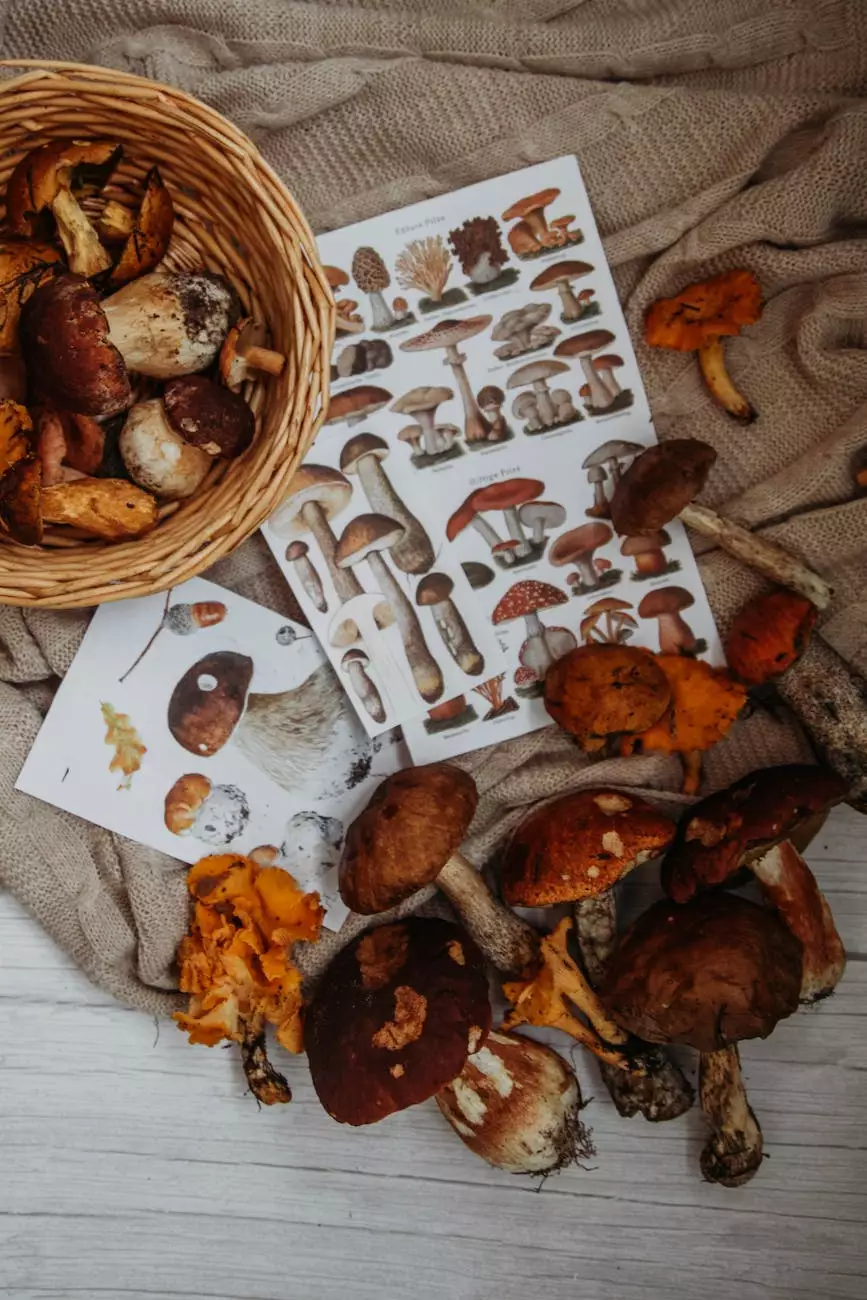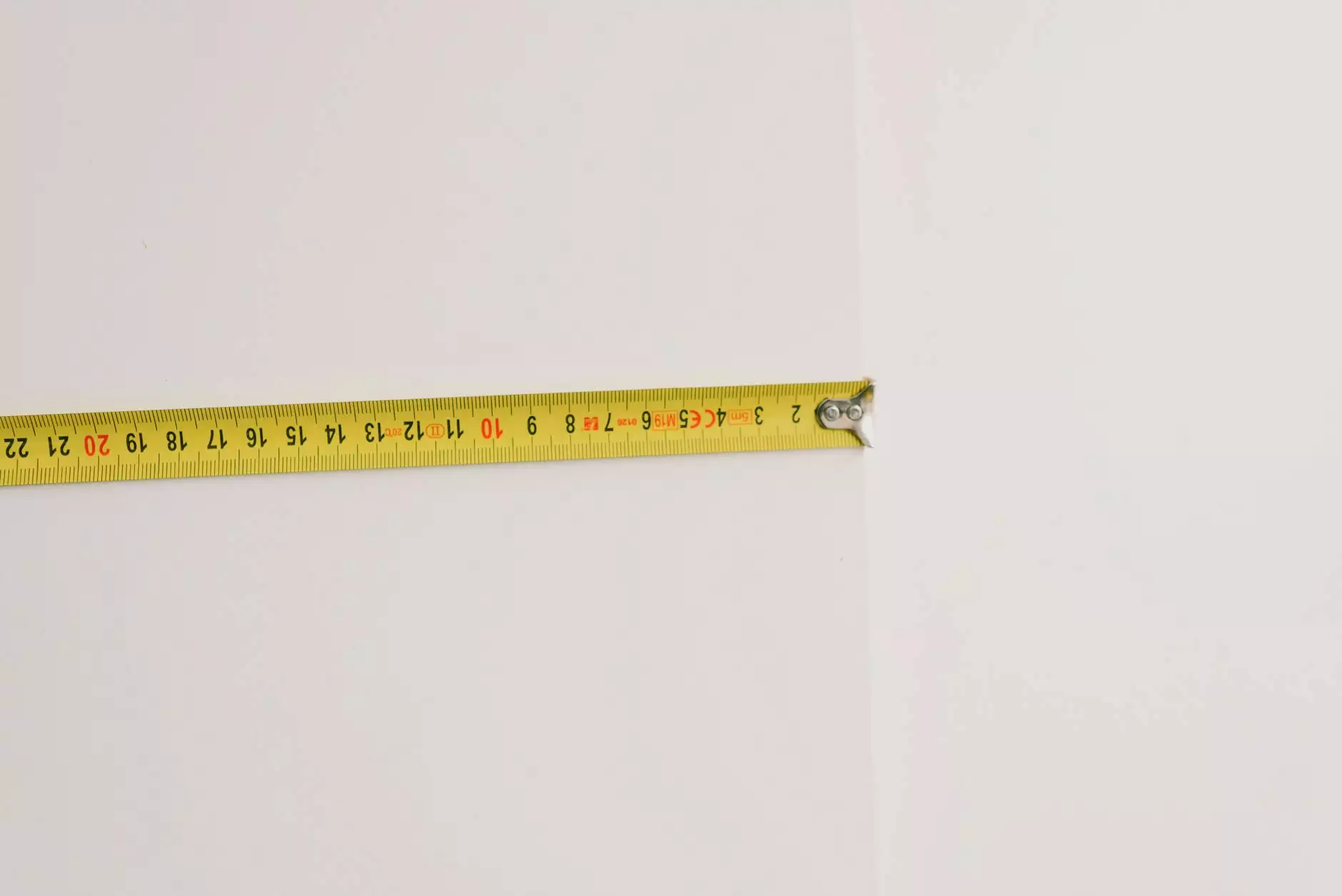What Causes Fungus Gnats in Houseplants?

Are you tired of dealing with those pesky fungus gnats in your houseplants? Wondering what causes these annoying little insects to invade your indoor greenery? Look no further - Cutting Hedge Services is here to provide you with a comprehensive guide on what causes fungus gnats in houseplants and how you can effectively manage and prevent their infestation.
The Dangers of Fungus Gnats
Fungus gnats may seem harmless, but they can actually cause significant damage to your beloved houseplants. These tiny insects lay their eggs in the soil, which then hatch into larvae that feed on organic matter and the roots of your plants. As a result, your plants may become stunted, their leaves may start to yellow, and overall, they may fail to thrive.
Moisture and Overwatering: A Breeding Ground for Fungus Gnats
One of the primary causes of fungus gnats in houseplants is an environment that is excessively moist. Overwatering your plants or having poor drainage in your pots creates the perfect breeding ground for these pests. The damp soil provides them with the ideal conditions to lay eggs and thrive.
To prevent fungus gnats from infesting your houseplants, it's essential to practice proper watering techniques. Only water your plants when the top inch of soil feels dry to the touch. Ensure your pots have drainage holes to allow excess water to escape, preventing waterlogged soil.
Poor Soil Quality and Organic Matter
Fungus gnats are attracted to organic matter present in the soil. Poor soil quality, such as using overly-rich potting mixes, can contribute to fungus gnat infestations. These insects feed on decaying organic matter and thrive in nutrient-rich environments.
When repotting your houseplants, it's important to use well-draining potting soil specifically designed for indoor plants. Avoid using soil mixes that contain excessive amounts of organic matter to discourage fungus gnat infestation.
Overcrowding and Lack of Air Circulation
Another factor that leads to fungus gnat problems is overcrowding and a lack of proper air circulation around your houseplants. When plants are clustered closely together, it creates a humid and stagnant environment, which fungus gnats find highly appealing.
To minimize the risk of fungus gnat infestations, ensure there is adequate spacing between your plants. This allows air to circulate freely and prevent the buildup of moisture that attracts these pests. Regularly prune and thin out your plants to maintain a healthy environment.
Preventive Measures for Fungus Gnat Control
Now that you understand the causes of fungus gnats in houseplants, let's explore some preventive measures to minimize their presence:
1. Proper Watering Techniques
As mentioned earlier, only water your plants when the top inch of soil is dry. This helps prevent the soil from becoming excessively moist, discouraging fungus gnats from laying eggs.
2. Implement Effective Drainage
Ensure your pots have drainage holes to allow excess water to escape. This helps maintain proper soil moisture levels and prevents waterlogged conditions that fungus gnats are drawn to.
3. Use Sticky Traps
Placing yellow sticky traps near your houseplants can help catch adult fungus gnats and reduce their population. These traps act as a visual attractant and prevent the pests from laying eggs in the soil.
4. Apply Beneficial Nematodes
Beneficial nematodes are microscopic organisms that target and control fungus gnat larvae. These naturally occurring predators can be applied to the soil, providing long-term protection against infestations.
5. Practice Proper Plant Maintenance
Regularly inspect your plants for signs of fungus gnat activity. If you spot any discolored or wilting leaves, check the soil for larvae or eggs. Promptly remove and dispose of any affected plants or soil to prevent the spread of infestation.
Conclusion
Fungus gnats can be a frustrating nuisance, but with the right knowledge and preventative measures, you can effectively manage and prevent their infestation in your houseplants. Remember to maintain proper soil moisture, use well-draining soil, allow for adequate spacing and air circulation, and implement additional control methods if necessary. Cutting Hedge Services is dedicated to helping you maintain healthy indoor plants, free from fungus gnat troubles. Reach out to our team of experts for personalized advice and solutions for your specific needs.




